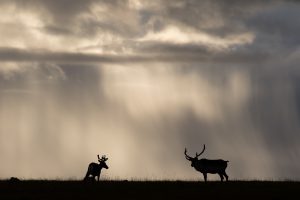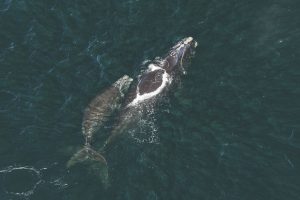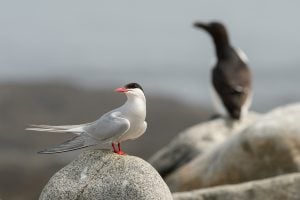Every road trip has a chatterbox. Just ask Kevin Gourlay, field coordinator for the Marmot Recovery Foundation, who last month travelled with 15 young marmots on his way to releasing them in the wild.
The Vancouver Island marmot is one of the rarest animals on Earth. It was almost gone in 2003, when fewer than 30 individuals were left in the wild. An ongoing, successful conservation effort has raised their numbers to around 250 today.
This summer, the Marmot Recovery Foundation released 30 marmots across Vancouver Island’s subalpine meadows, and during one of those trips, one vocal female caught Gourlay’s attention. She was called Ellen, and oh boy… she was a talker!
“Once she got loaded at the back of the truck, she began whistling non-stop,” says Gourlay. “The trip took a couple of hours and all the other marmots were quiet in their cages. But Ellen was whistling the whole time.”
Ellen travelled by truck, helicopter and on a crew member’s back on her way to being released near her new burrow. The Vancouver Island marmots are not out of the woods yet, but their ongoing recovery is promising.
A balsam for our ails







